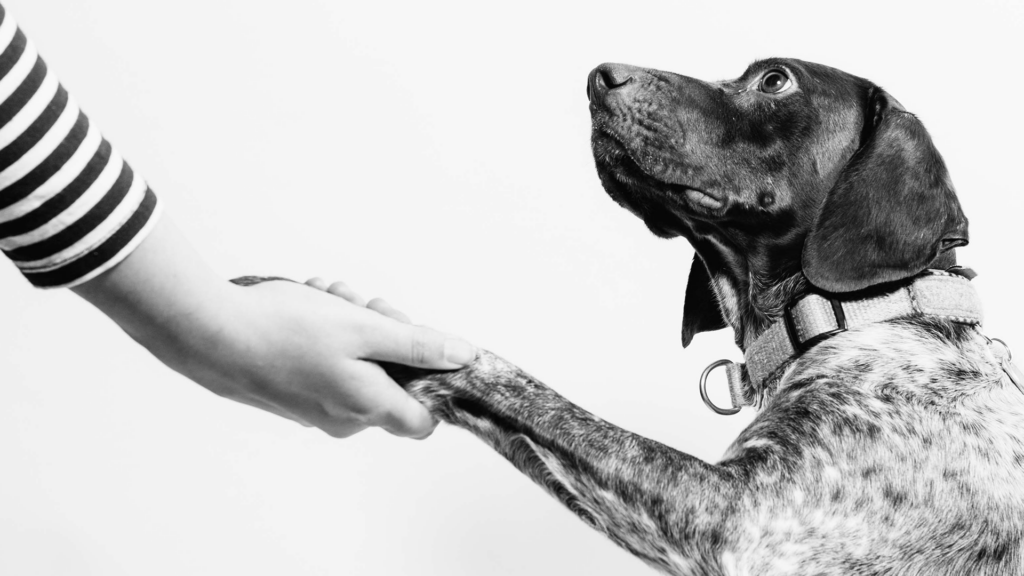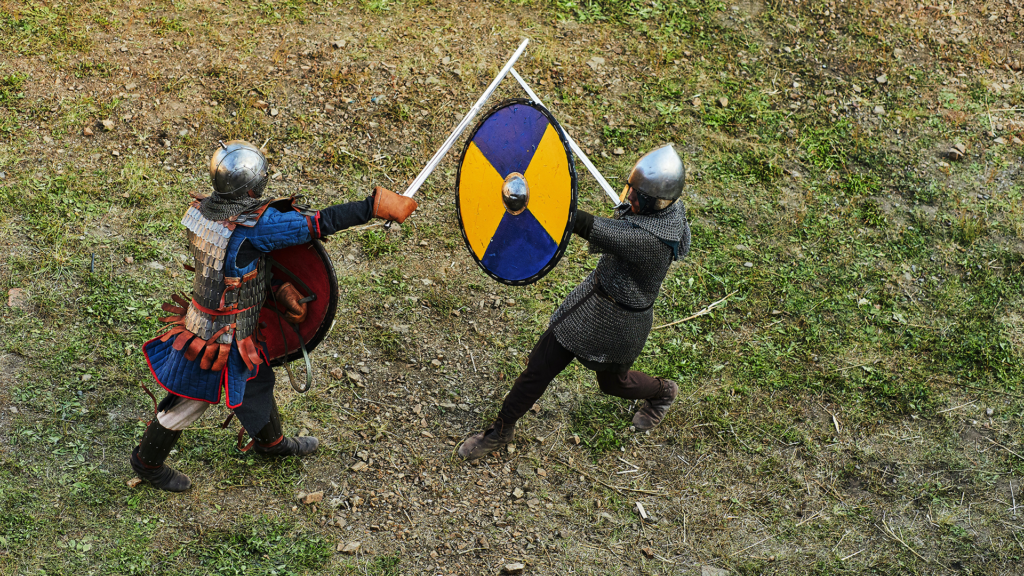Imagine a person walking through the forest and seeing a small dog under a tree. As you approach him, your initial response is, “Oh, that’s nice!”. When he bends down to pet the dog, it lunges at him, growling and baring its teeth. Then, the person goes from being friendly with the dog to being angry or frightened, even shouting, “Bad dog!”. However, when the person takes a closer look at the animal, when he looks closely, he discovers that the dog’s hind leg is caught in a trap. The dog is very frightened and suffers. Again, there is a change in the person, saying, “Poor thing, he needs help!”. It is at this precise moment that the person realizes that, inside this snarling and biting creature, there is also pain. The dog is suffering.

Before I continue, I would like to ask you a few questions:
- What did you think of this story?
- Have you noticed anything?
- Is it similar to any experience you have had?
- Does this reading help you consider any changes?
Allow yourself a few moments to respond before reading on.
When I read this story, I like to reflect on discussions and, specifically, on the difficulties in communication when people have an argument.
Sometimes, when we bring an important issue to light, we get defensive, “growl and bare our teeth,” like the dog in the story. You could say that we “took out the shield”. However, if we look a little more, if we look deeper, we can see that behind that shield, behind those grunts, there is pain. We want to feel better, but instead of speaking from the heart, sometimes we speak from anger.

Today, I would like to present you with other options so that you can begin to experience different things when you detect this happening.
Imagine catching yourself wanting to step on (or already stepping on) the “growl” accelerator or “take out the shield” in an argument. What can you do? Here are some questions to help you generate your own solutions.
Ask yourself:
- How is the other person more likely to respond if I speak to him or her “pulling teeth”?
- Do I want to talk to you from there or is there another, better side I can talk to you from?
- What would be good to remind myself to “lower my shield”?
- What would it be like to speak from the heart?
- What would it be like to tell her what I think or feel from how much I appreciate this person?
- If I take all this into account, how is my body? Am I looking into his eyes or dodging his gaze? Is there some physical contact between the two of us or do I move away a little physically?
Let’s go to the other side. Imagine that you notice that the person with whom you are having an argument is “pulling teeth” or “pulling out the shield.” Some questions that may help you know what to do are:
- How can I respond to make it likely that the person in front of me will “lower their shield”?
- Can I put myself in your shoes for a moment to try to understand how you feel?
- Is it possible that behind their “grunts” there is some other emotion?
- What is the deepest thing that unites us?
- Could I soften the conversation by placing value on what the other person means to me?
- Does my body express closeness or detachment?
- How would I behave in this discussion if I put my affection for this person first?

I hope this post will help you identify and modify those limitations that are present in your discussions. And, if you need a little more help, remember that I am here to accompany you in your process.
A giant hug,
Desiree.
